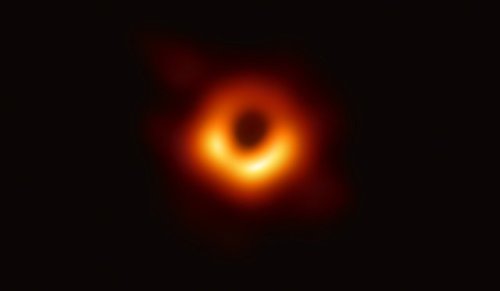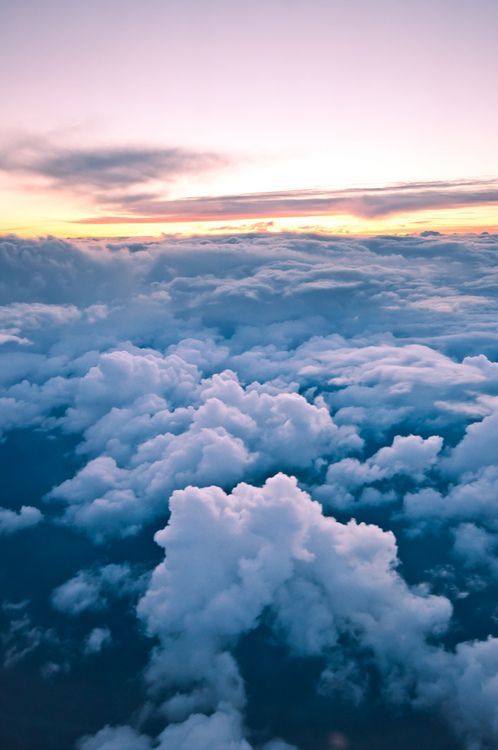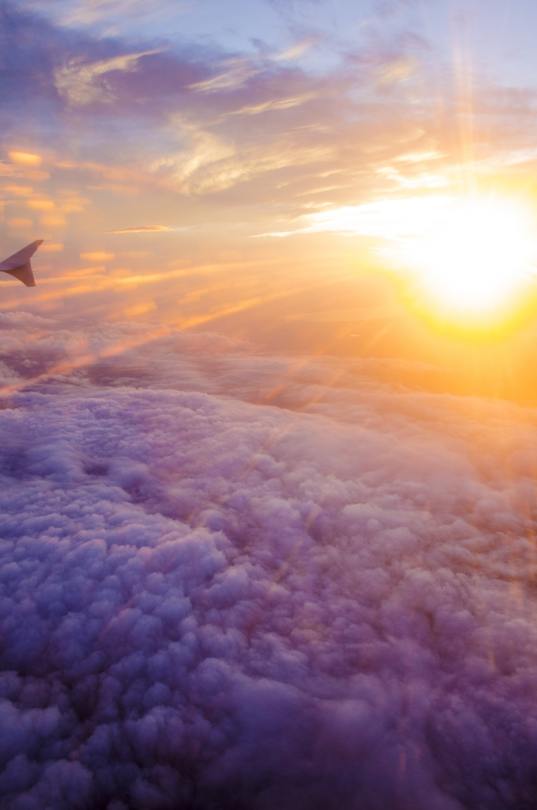Astronomers Capture First Image Of A Black Hole

Astronomers Capture First Image of a Black Hole
The Event Horizon Telescope (EHT) — a planet-scale array of eight ground-based radio telescopes forged through international collaboration — was designed to capture images of a black hole. Today, in coordinated press conferences across the globe, EHT researchers revealed that they have succeeded, unveiling the first direct visual evidence of a supermassive black hole and its shadow. The image reveals the black hole at the centre of Messier 87, a massive galaxy in the nearby Virgo galaxy cluster. This black hole resides 55 million light-years from Earth and has a mass 6.5 billion times that of the Sun. Supermassive black holes are relatively tiny astronomical objects — which has made them impossible to directly observe until now. As the size of a black hole’s event horizon is proportional to its mass, the more massive a black hole, the larger the shadow. Thanks to its enormous mass and relative proximity, M87’s black hole was predicted to be one of the largest viewable from Earth — making it a perfect target for the EHT. The shadow of a black hole is the closest we can come to an image of the black hole itself, a completely dark object from which light cannot escape. The black hole’s boundary — the event horizon from which the EHT takes its name — is around 2.5 times smaller than the shadow it casts and measures just under 40 billion km across.
Credit: ESO
More Posts from Doorframedemon and Others

Opportunity has finally run out of, well, opportunities. After weeks of trying to revive the veteran Mars rover in the wake of a blinding dust storm, NASA has given up on ever hearing from it again.
After one last failed attempt to reach Opportunity February 12, NASA officials announced the end on February 13. “I was there with the team as these commands went out into the deep sky,” Thomas Zurbuchen, the associate administrator of NASA’s Science Mission Directorate, said in a news conference at the Jet Propulsion Laboratory in Pasadena, Calif. “I learned this morning that we had not heard back, and our beloved Opportunity remains silent. It is therefore that I am standing here with a sense of deep appreciation and gratitude that I declare the Opportunity mission as complete, and with it the Mars Exploration Rover mission as complete.”
Opportunity landed on Mars in January 2004 for a mission that was supposed to last 90 Martian days. Its twin rover, Spirit, had landed three weeks earlier on the other side of the planet.
Spirit succumbed to a stuck wheel in 2010 (SN: 2/27/10, p. 7). But Opportunity kept going. Over 15 years, the rover found abundant evidence that water once flowed and pooled on the Red Planet’s surface. It also shattered records for planetary exploration and shaped Mars missions for years to come.
But on June 10, 2018 — 5,111 Martian days into its 90-day mission — Opportunity went silent, caught in a massive planetwide dust storm (SN Online: 6/13/18). At first, the rover team hoped Opportunity could ride out the storm and wake up when the skies cleared. But it didn’t.

Me, banging together pots and pans in a field at 3am: wOW IT SURE WOULD SUCK IF SOME ALIENS CAME TO ABDUCT ME RIGHT NOW-
why must the cute ones (me) suffer
it feels so good to be kind. it’s the warm feeling you get when you tell someone that they look nice today, or that they did a good job, or that their voice sounds lovely, or that the cookies they baked were delicious, or how you always laugh at their jokes. it’s the warm feeling you get when they respond bashfully, or surprised, with that small smile and a thankfulness that shines in their eyes. it feels so good when someone is kind to you. when it feels like the effort you put into yourself is seen and acknowledged and appreciated. it feels so good when you’re able to make someone feel that wonderful. we should always try and encourage each other.
I love the clouds 🌤☁️❤️
















Black holes
A black hole is a region of spacetime exhibiting such strong gravitational effects that nothing—not even particles and electromagnetic radiation such as light—can escape from inside it. The theory of general relativity predicts that a sufficiently compact mass can deform spacetime to form a black hole. The boundary of the region from which no escape is possible is called the event horizon. Although the event horizon has an enormous effect on the fate and circumstances of an object crossing it, no locally detectable features appear to be observed. In many ways a black hole acts like an ideal black body, as it reflects no light.

The idea of a body so massive that even light could not escape was briefly proposed by astronomical pioneer and English clergyman John Michell in a letter published in November 1784. Michell’s simplistic calculations assumed that such a body might have the same density as the Sun, and concluded that such a body would form when a star’s diameter exceeds the Sun’s by a factor of 500, and the surface escape velocity exceeds the usual speed of light.

At the center of a black hole, as described by general relativity, lies a gravitational singularity, a region where the spacetime curvature becomes infinite. For a non-rotating black hole, this region takes the shape of a single point and for a rotating black hole, it is smeared out to form a ring singularity that lies in the plane of rotation. In both cases, the singular region has zero volume. It can also be shown that the singular region contains all the mass of the black hole solution. The singular region can thus be thought of as having infinite density.

How Do Black Holes Form?
Scientists think the smallest black holes formed when the universe began.
Stellar black holes are made when the center of a very big star falls in upon itself, or collapses. When this happens, it causes a supernova. A supernova is an exploding star that blasts part of the star into space.

Scientists think supermassive black holes were made at the same time as the galaxy they are in.
Supermassive black holes, which can have a mass equivalent to billions of suns, likely exist in the centers of most galaxies, including our own galaxy, the Milky Way. We don’t know exactly how supermassive black holes form, but it’s likely that they’re a byproduct of galaxy formation. Because of their location in the centers of galaxies, close to many tightly packed stars and gas clouds, supermassive black holes continue to grow on a steady diet of matter.

If Black Holes Are “Black,” How Do Scientists Know They Are There?
A black hole can not be seen because strong gravity pulls all of the light into the middle of the black hole. But scientists can see how the strong gravity affects the stars and gas around the black hole.
Scientists can study stars to find out if they are flying around, or orbiting, a black hole.

When a black hole and a star are close together, high-energy light is made. This kind of light can not be seen with human eyes. Scientists use satellites and telescopes in space to see the high-energy light.

On 11 February 2016, the LIGO collaboration announced the first observation of gravitational waves; because these waves were generated from a black hole merger it was the first ever direct detection of a binary black hole merger. On 15 June 2016, a second detection of a gravitational wave event from colliding black holes was announced.

Simulation of gravitational lensing by a black hole, which distorts the image of a galaxy in the background
Animated simulation of gravitational lensing caused by a black hole going past a background galaxy. A secondary image of the galaxy can be seen within the black hole Einstein ring on the opposite direction of that of the galaxy. The secondary image grows (remaining within the Einstein ring) as the primary image approaches the black hole. The surface brightness of the two images remains constant, but their angular size varies, hence producing an amplification of the galaxy luminosity as seen from a distant observer. The maximum amplification occurs when the background galaxy (or in the present case a bright part of it) is exactly behind the black hole.
Could a Black Hole Destroy Earth?
Black holes do not go around in space eating stars, moons and planets. Earth will not fall into a black hole because no black hole is close enough to the solar system for Earth to do that.

Even if a black hole the same mass as the sun were to take the place of the sun, Earth still would not fall in. The black hole would have the same gravity as the sun. Earth and the other planets would orbit the black hole as they orbit the sun now.
The sun will never turn into a black hole. The sun is not a big enough star to make a black hole.
More posts about black holes
Source 1, 2 & 3
-
 souponmyjorts liked this · 2 months ago
souponmyjorts liked this · 2 months ago -
 gahl-lak-tus reblogged this · 6 months ago
gahl-lak-tus reblogged this · 6 months ago -
 crimson-vipera reblogged this · 7 months ago
crimson-vipera reblogged this · 7 months ago -
 yearofthefishes liked this · 1 year ago
yearofthefishes liked this · 1 year ago -
 slasherslashpersonaltrainer liked this · 1 year ago
slasherslashpersonaltrainer liked this · 1 year ago -
 coinsgemznpnts liked this · 1 year ago
coinsgemznpnts liked this · 1 year ago -
 occhimacchiati reblogged this · 1 year ago
occhimacchiati reblogged this · 1 year ago -
 garedulest reblogged this · 1 year ago
garedulest reblogged this · 1 year ago -
 garedulest liked this · 1 year ago
garedulest liked this · 1 year ago -
 allthings-gold reblogged this · 1 year ago
allthings-gold reblogged this · 1 year ago -
 cirru-s reblogged this · 1 year ago
cirru-s reblogged this · 1 year ago -
 combjellys reblogged this · 1 year ago
combjellys reblogged this · 1 year ago -
 sufjans reblogged this · 1 year ago
sufjans reblogged this · 1 year ago -
 fronanunipprov liked this · 1 year ago
fronanunipprov liked this · 1 year ago -
 niteskai liked this · 1 year ago
niteskai liked this · 1 year ago -
 idrebnogim liked this · 1 year ago
idrebnogim liked this · 1 year ago -
 pigeonpantheon liked this · 1 year ago
pigeonpantheon liked this · 1 year ago -
 psy-rph liked this · 2 years ago
psy-rph liked this · 2 years ago -
 zhem1x5 liked this · 2 years ago
zhem1x5 liked this · 2 years ago -
 jsleamus reblogged this · 2 years ago
jsleamus reblogged this · 2 years ago -
 wonderwomanquinn liked this · 2 years ago
wonderwomanquinn liked this · 2 years ago -
 vintagedaisywitch liked this · 2 years ago
vintagedaisywitch liked this · 2 years ago


























